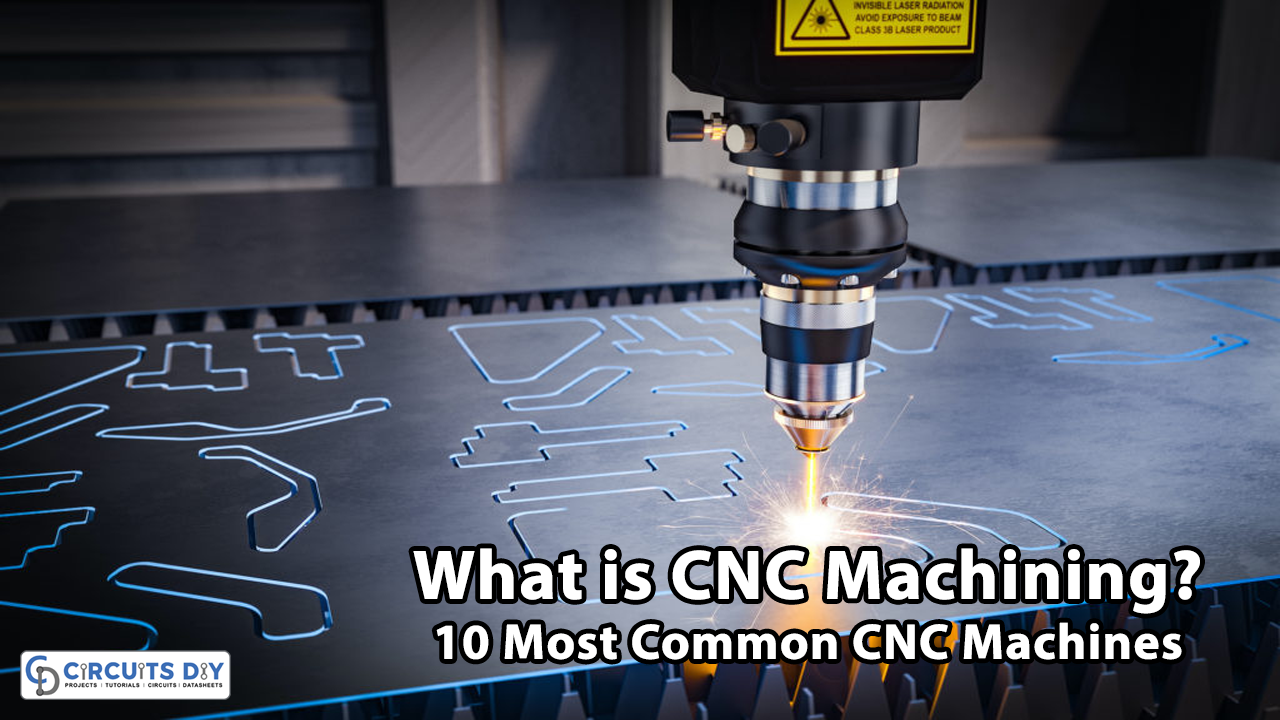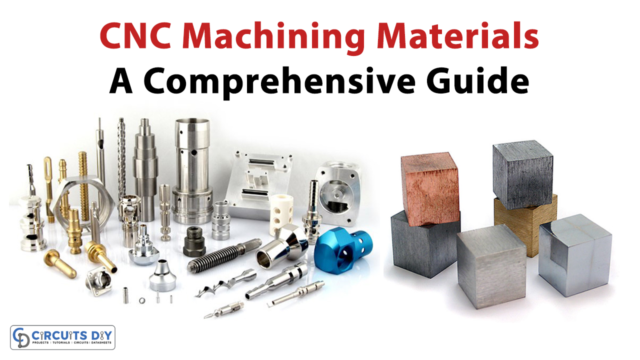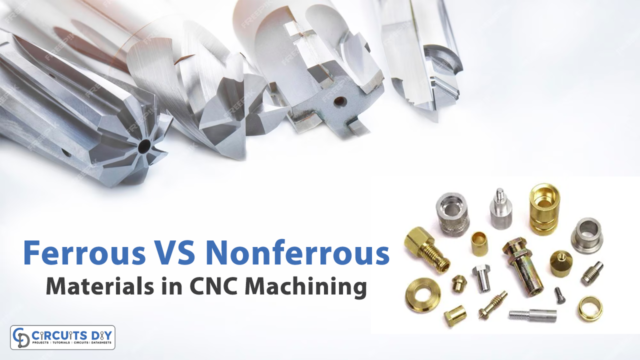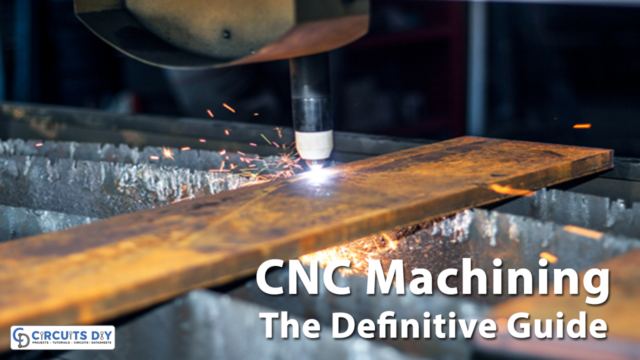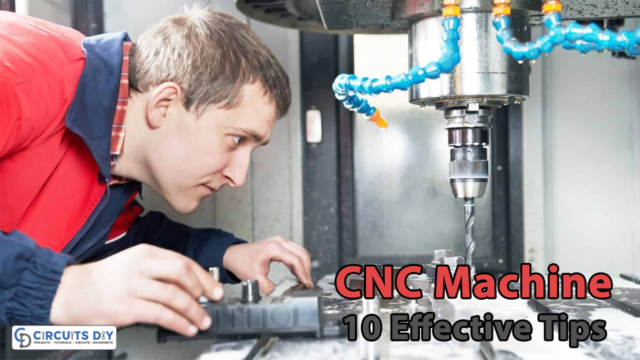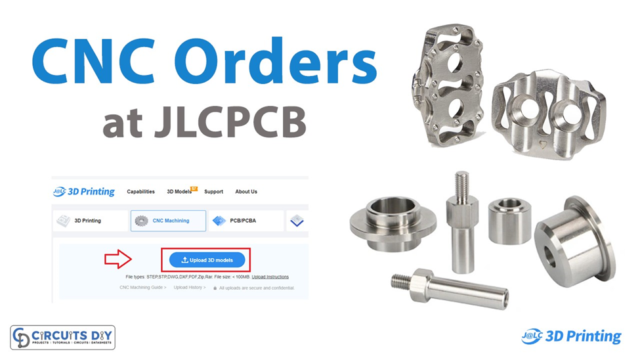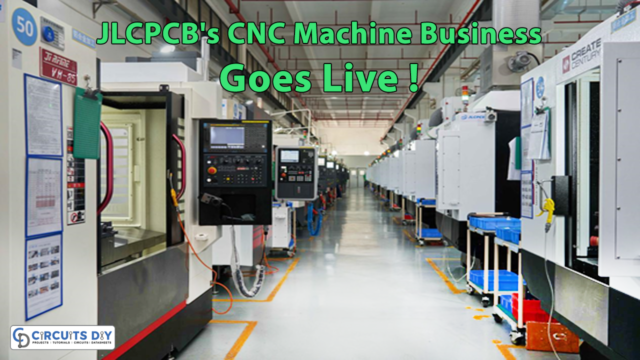Overview
CNC machining, which stands for Computer Numerical Control machining, is a manufacturing process that utilizes computerized controls and precise machinery to produce a wide range of parts and components from various materials. It is a subtractive manufacturing method, meaning that material is removed from a workpiece to achieve the desired shape and dimensions.
CNC machining is widely used in industries such as aerospace, automotive, electronics, medical, and more due to its ability to create highly precise and complex parts with repeatability.

JLCPCB CNC Machining offers a comprehensive and cutting-edge range of CNC machining technologies that cater to a wide spectrum of manufacturing needs. Their state-of-the-art facilities house CNC milling and turning machines capable of producing highly precise and intricate components. With CNC grinding machines for exceptional surface finish and tight tolerances, CNC electrical discharge machines (EDM) for machining hard and exotic materials, and CNC routing machines for versatile material processing, JLCPCB CNC Machining ensures a one-stop solution for precision manufacturing. Moreover, their commitment to quality control, competitive pricing, and efficient turnaround times make them an ideal choice for industries seeking top-notch CNC machining services. Whether it’s rapid prototyping or high-volume production, JLCPCB CNC Machining is poised to deliver excellence in precision engineering and component fabrication.
10 Most common CNC machines:
CNC Milling Machines:
These machines use rotating cutting tools (such as end mills) to remove material from a stationary workpiece. They can perform tasks like drilling, slot cutting, and contouring. CNC milling machines can have various configurations, including vertical and horizontal mills.

CNC Turning Machines:
Also known as CNC lathes, these machines rotate the workpiece while a stationary cutting tool shapes it. They are commonly used for creating cylindrical or conical parts, including shafts, pins, and bushings.

CNC Drilling Machines:
These machines are designed primarily for drilling holes in workpieces with high precision. They can be used for various materials and hole sizes.

CNC Grinding Machines:
CNC grinders use abrasive wheels to precisely grind workpieces to extremely tight tolerances. They are often used for producing parts with exceptional surface finish and dimensional accuracy, such as precision gears and bearings.

CNC Electrical Discharge Machines (EDM):
EDM machines use electrical discharges to remove material from the workpiece. There are two main types: Wire EDM (WEDM) and Sinker EDM (also known as Ram or Plunge EDM). These machines are particularly useful for machining hard or exotic materials.

CNC Waterjet and Laser Cutting Machines:
These machines use high-pressure water jets or lasers to cut through materials like metal, plastic, and composites. They are capable of creating intricate shapes and profiles with minimal heat-affected zones.

CNC Plasma Cutting Machines:
Plasma cutters use a high-temperature plasma arc to cut through electrically conductive materials like metal. They are commonly used for heavy-duty cutting applications, such as in the fabrication of metal structures.

CNC Routing Machines:
These machines are used for cutting, shaping, and engraving materials like wood, plastic, and composites. They are widely employed in woodworking, signage, and the production of molds and patterns.

CNC Swiss-Type Machines:
These precision machining centers are used for high-precision and high-volume production of small, intricate parts, often in the medical and watchmaking industries.

CNC 3D Printers (Additive Manufacturing):
While most CNC machines are subtractive, CNC 3D printers are additive machines that build parts layer by layer. They are used for rapid prototyping and manufacturing of complex, custom-designed components.

Conclusion
These CNC machines are controlled by computer programs (G-codes and M-codes) that dictate the toolpath, feed rates, and other machining parameters. CNC machining offers advantages such as high accuracy, repeatability, and the ability to produce complex geometries, making it a fundamental technology in modern manufacturing processes.


